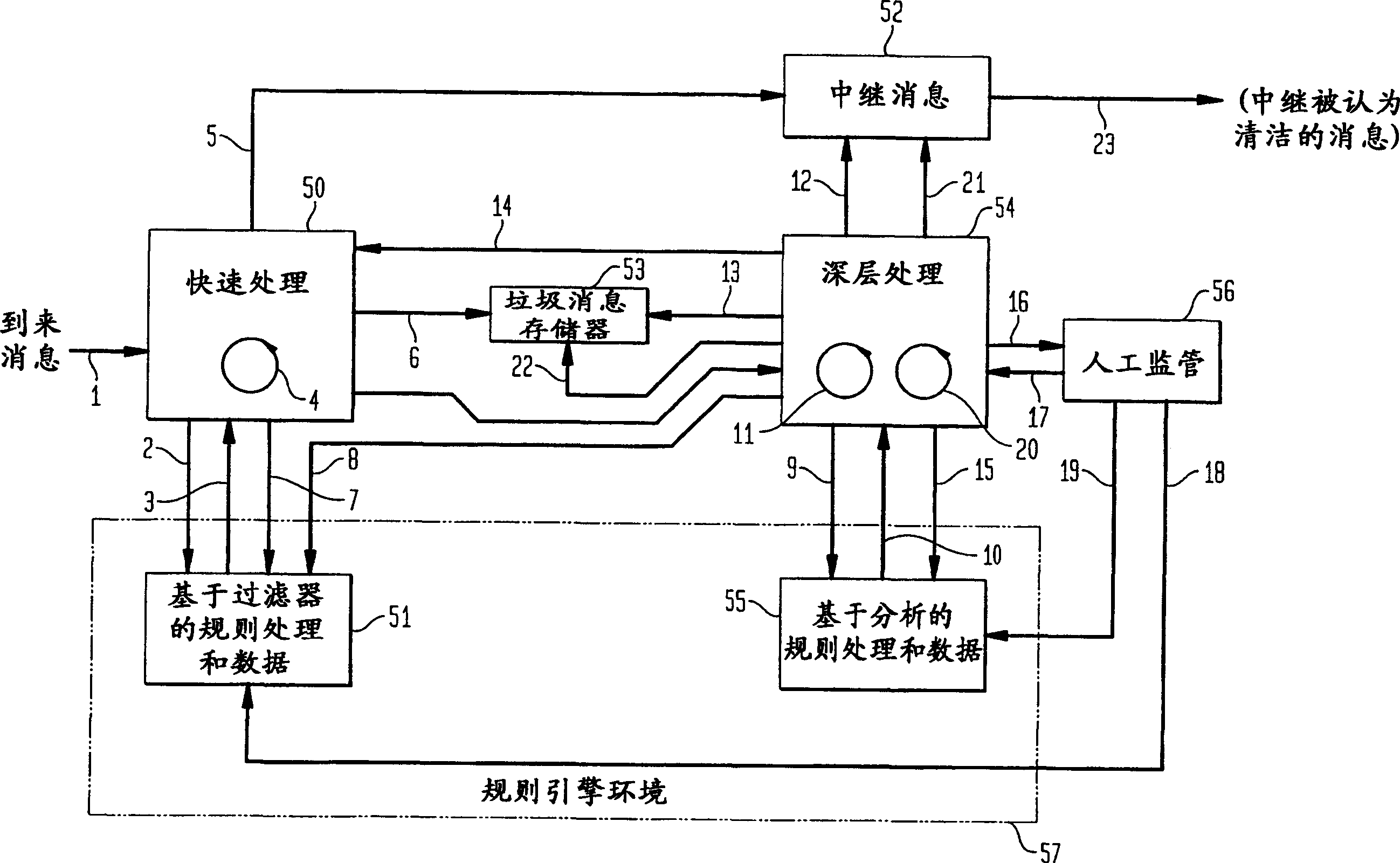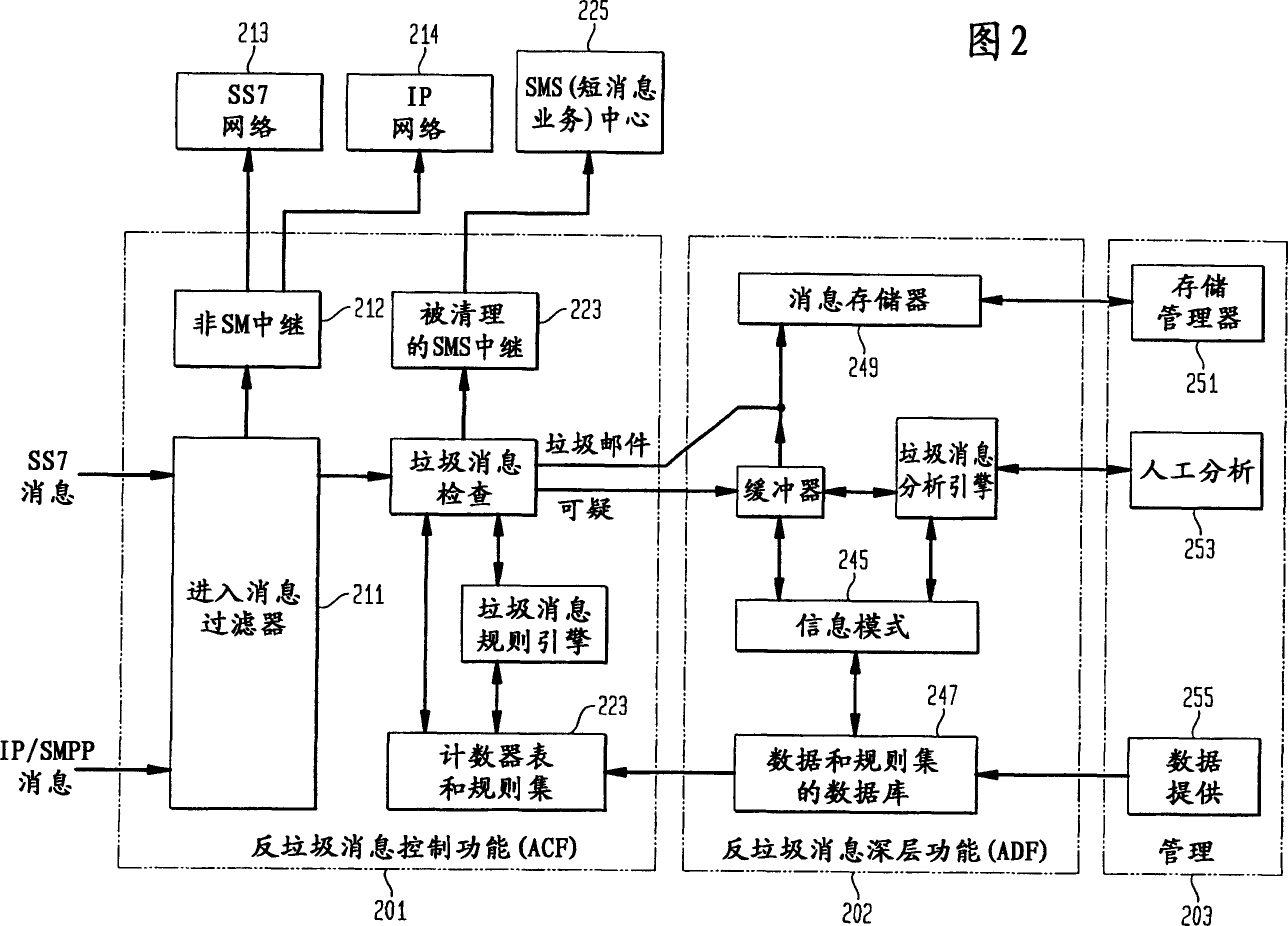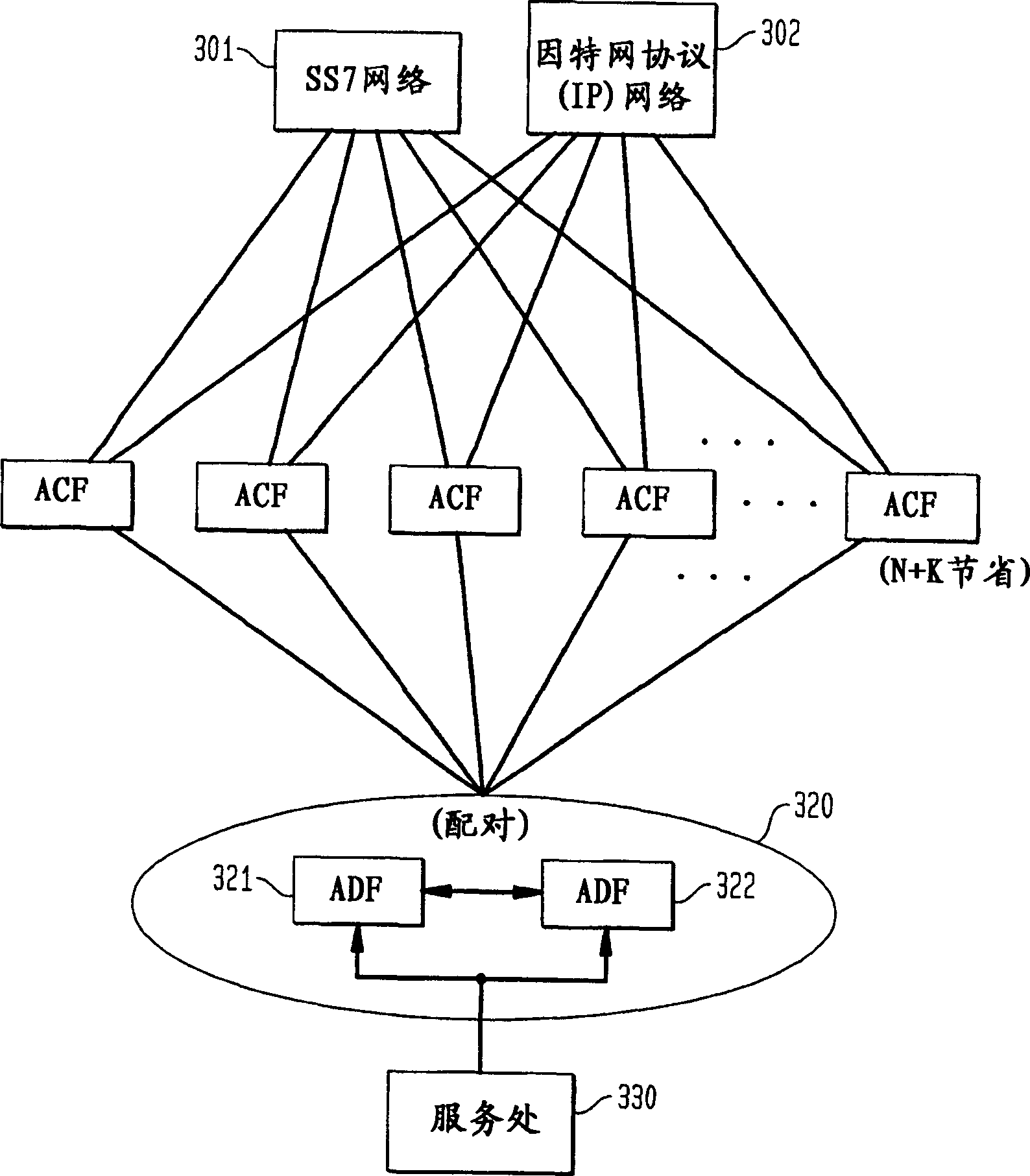Detection of unwanted messages (spam)
A spam and message technology, applied in the field of detection of unwanted messages (spam), can solve problems such as occupying network processing capacity, limiting network throughput, and complexity
- Summary
- Abstract
- Description
- Claims
- Application Information
AI Technical Summary
Problems solved by technology
Method used
Image
Examples
Embodiment Construction
[0010] figure 1 is a state and state transition diagram illustrating the operation of Applicant's invention. This rule-based multi-step spam detection concept and architecture can be widely used in the application of detecting spam for SMS or e-mail, and can also be applied in wireless, wired and Internet protocol networks. An anti-spam application may be a separate entity in a network that intercepts incoming messages and filters spam. It can also be installed in an SMS Center (SMSC), Internet Protocol router, email server, gateway or location server. The anti-spam filtering criteria and rules in the rule engine database can be provided, viewed, searched and updated by service providers or end users.
[0011] An anti-spam application can be implemented with a set of fast and deep processing rule engines; only one fast rule engine; only one deep rule engine; multiple fast processing rule engines; multiple fast processing rule engines and one deep processing rule engine. A n...
PUM
 Login to View More
Login to View More Abstract
Description
Claims
Application Information
 Login to View More
Login to View More - R&D
- Intellectual Property
- Life Sciences
- Materials
- Tech Scout
- Unparalleled Data Quality
- Higher Quality Content
- 60% Fewer Hallucinations
Browse by: Latest US Patents, China's latest patents, Technical Efficacy Thesaurus, Application Domain, Technology Topic, Popular Technical Reports.
© 2025 PatSnap. All rights reserved.Legal|Privacy policy|Modern Slavery Act Transparency Statement|Sitemap|About US| Contact US: help@patsnap.com



